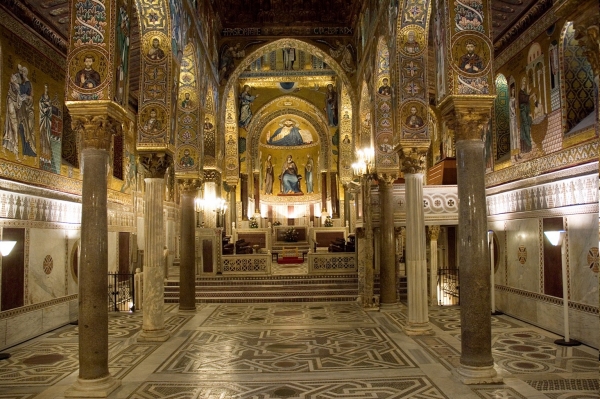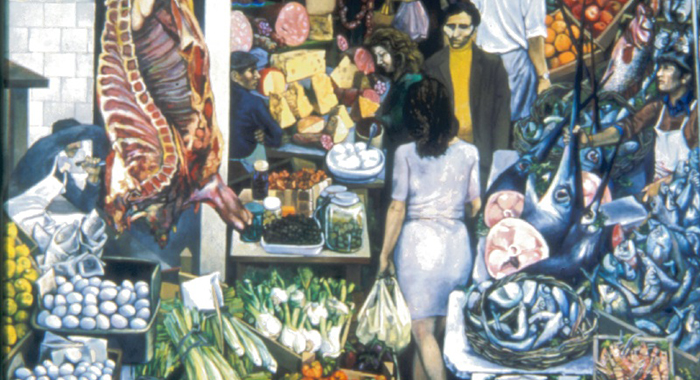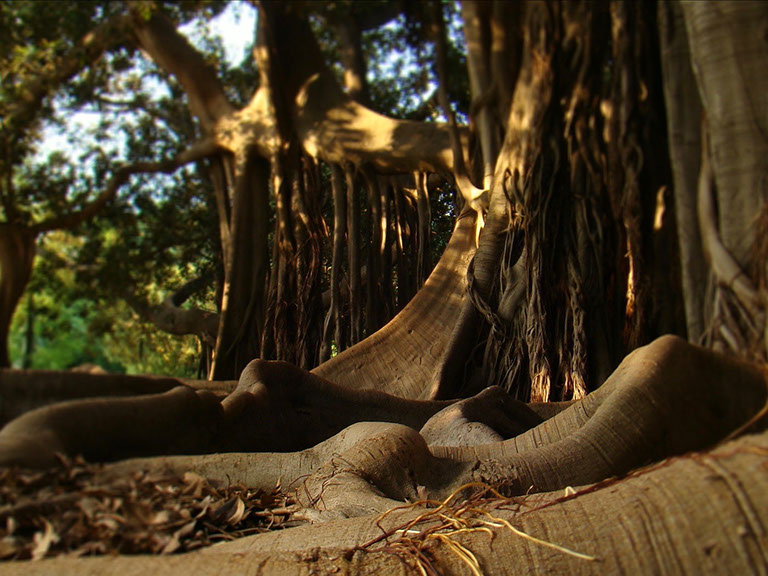HELMeTO 2022
4th International Conference on Higher Education Learning Methodologies and Technologies Online
September 21-23, 2022
Palermo, Italy
Location
About Palermo
Palermo is one of the great art cities of Italy. It may not be the equal of Venice or Florence, but it is a treasure nonetheless. Because of its geographical position, in the heart of the Mediterranean sea, Sicily has always been a land of conquest. For this reason Palermo, the capital of the island, has a very varied architecture that witnesses the presence across the centuries of different domination and cultures that make Palermo unique.
Palermo was founded by the Phoenicians in the 7th century B.C. They called it Ziz, which meant “flower”, because of the shape of the rivers that once ran through the city. When Sicily was conquered by the Romans, its name was changed into Panormus (meaning “all harbor”) because of its strategic position in the sea. Nevertheless, Palermo hasn’t experienced a golden age since the 9th century, when, under Arab conquerors, the city became one of the great centers of Islamic culture in the Western world. In 1072, the Normans arrived, bringing a style that merged with the local residents into the “Arabo-Norman” period. All subsequent conquerors added their own particular style and alterations to the city’s skyline, contributing new layers to Palermo’s rich cultural heritage. Frederick II of Swabia arrived in 1212, ushering in a time of intellectual development and prosperity. Following the Swabians, the Angevins came until the Spaniards drove them out. In the 18th century, the Bourbons of Naples arrived, embellishing everything with their baroque touch — not necessarily a good thing, as their architects and artisans destroyed much of the classical beauty.
In the first two decades of the 20th century, Palermo enjoyed a new golden age during its Belle Epoque. Ernesto Basile, the most famous architect, designed most of the finest examples of Art Nouveau in Palermo, such as the Teatro Massimo, Villa Igiea, and the beautiful liberty houses in Via Libertà and in the district of Mondello.
During the Second World War, a great part of the center of Palermo was destroyed by the Allied air raids in 1943. Much of its priceless medieval quarter has either been torn down or continues to decay.
Fortunately, matters are looking up these days, as more and more citizens are realizing that Palermo is an artistic treasure. Although not moving as fast as some preservationists would like, a passion for restoration is definitely in the air.
Tourist Information

Cathedral
The imposing cathedral, known officially as Santa Maria Assunta, is characterized by its blend of styles, accumulated through numerous alterations and additions over its 800-year history. It was originally built in 1185 by the Normans on the site of a mosque, with the most recent changes occurring in the 18th century. The main entrance is an impressive Gothic portal with two towers. The chapel, close to the entrance, is famous for its royal tombs and the cathedral also contains an interesting display of fine treasur
Royal Palace and Palatine Chapel
The Royal Palace is one of the most beautiful and popular in Italy, with the famous Palatine Chapel situated on the ground floor. Roger II of Sicily commissioned construction of the palace in the 12th century and much of the kingdom’s splendor is still evident. Today, the palace houses the Sicilian Regional Assembly. The Palatine Chapel is a “must-see”, with a magnificent blend of Byzantine, Norman and Arabic architectural styles. The chapel is perhaps most famous for the extraordinary mosaics that line its walls.


Mondello
Until the beginning of the 20th century, Mondello was an unhealthy marsh enclosed by two headlands: the Mount Pellegrino described by Johann Wolfgang von Goethe as “the most beautiful promontory in the world” and Mount Gallo. Mondello is characterized by a sandy bay that binds the two promontories with a coastline of white sand that nowadays is approximately 1.5 kilometers long. The Natural Reserve of Capo Gallo and the reserve of Monte Pellegrino are nearby. Today the area is known for its beach, and for its Art Nouveau villas, which characterize the architecture of the borough, making it a landmark in the history of international modernism
Vucciria Market (Mercato della Vucciria)
Palermo’s most established market is well worth a visit, even if only to take in the typically Sicilian atmosphere around this vast market and its maze of side streets around Piazza San Domenico. A walk around the market will give you a real feel of Palermo life. The range of food products available here is endless, from fresh fish and vegetables to exotic spices and an impressive range of sandwiches
(credits:https://turismo.comune.palermo.it/palermo-welcome-luogo-dettaglio.php?tp=68&det=24&id=280)


Regional archaelogical Museum of Palermo (musero Archeologico Regionale)
The Archaeological Museum of Palermo is one of Italy’s main museums and it contains some impressive remains from Carthaginian, Roman, Etruscan and Hellenistic civilizations. The museum provides an excellent historical insight into the civilizations of Sicily, from prehistoric times and the late Roman age, up to the 19th century.
(credits:https://www.beniculturali.it/luogo/museo-archeologico-regionale-antonino-salinas)
Botanical Garden
With 10 hectares of lush gardens, the Palermo Botanical Garden is the biggest in Italy and a serene oasis in the city. The garden’s origins date back to 1775 when a center for botanical studies was established here. Today, the garden houses one of the most impressive displays of tropical plants in the Mediterranean region. There is an impressive display of native and foreign species as well as some interesting architecture in the administrative buildings. The gardens are open from 09:00 to 17:00 on weekdays and 08:30 to 13:30 on weekends and are certainly worth a visit on a hot Sicilian day.
(credits: http://ortobotanico.unipa.it/foto.html)
